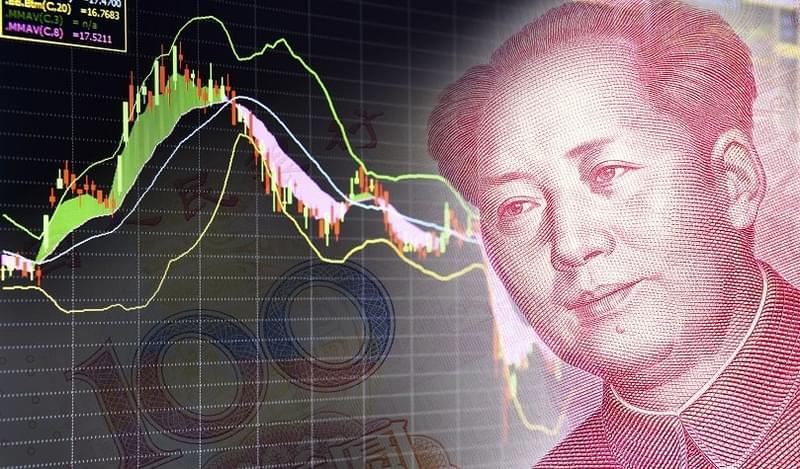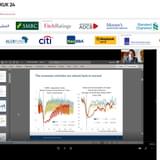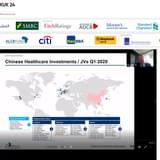But will China influence or even dominate the world’s markets for bonds – fixed income securities – in the same way over coming years?
The best case for taking China seriously as a financial power is Eclipse: Living in the Shadow of China’s Economic Dominance, a best-selling book published in 2011. The author, Arvind Subramanian, is now chief economic advisor to the Indian government, and he has a great grasp of the interplay between politics and finance. His book provides a brilliant account of how the United States supplanted the United Kingdom as the world’s financial hub after World War II. (Mr. Subramanian and I were colleagues and co-authors at the International Monetary Fund and the Peterson Institute for International Economics.)
Before 1914, and to some degree between the World Wars, British government bonds denominated in sterling were the key reference point for world interest rates and for all other fixed income pricing. After 1945, the U.S. government bonds denominated in dollars took over that role.
But there are three reasons why it will be harder for China to supplant the US than it was for the US dollar to push aside the British pound.
First, China still has significant restrictions on capital flows. The US was always committed to the free flow of capital and this is essential for investors to regard any country as a safe haven and therefore as a key reference point for the pricing of securities.
Second, China is liberalizing its financial markets, but there are major concerns about pressures that are building up. Depending on who you ask, these are a result of the liberalization process itself or because liberalization does not go far enough. The details on the ground are murky, and this is part of the issue.
We also do not know precisely how any potential large financial losses will be handled, either within the state dominated banking system or the nonbank system. The Chinese government has enough fiscal capacity to clean up financial intermediaries as needed and also to support the economy more broadly. But there are uncertainties here that should concern non-Chinese investors. When the losses come, how much of that burden will fall on foreigners and in what form exactly?
Third, perhaps most importantly, the US has a long history of protecting private property – and a powerful set of political and judicial institutions that assign high priority to this protection. China has become much more of a market economy and the government has retreated significantly from some forms of intervention. But there is also a more than 2,000 year tradition of putting the interests of the state first.
China ran a very large current account surplus during the early 2000s and accumulated a vast stock of foreign reserves – including at least several trillion dollars’ worth of US Treasury debt. This has given China a buffer against economic and financial difficulties. China has also acquired the ability to invest strategically around the world, including through the newly-founded Asian Infrastructure Investment Bank. And Chinese construction companies can be found in many far-flung places, building roads, ports, and other physical infrastructure.
But payments are still made in US dollars around the world. Countries and firms issue debt either in their local currency or in dollars. And where do you – and everyone else you know – keep your rainy day money? Almost certainly, you need it in dollars or in a dollar-denominated asset, often located in the United States itself.
In the 1950s, many well informed people were convinced that the Soviet Union had overtaken or was about to overtake the United States in terms of industrial capacity. That proved to be an illusion and the Soviet Union itself was not sustainable.
In the 1980s, the threat to the dominance of the dollar was perceived to come from Japan. After Japan’s financial crisis and prolonged economic malaise, this topic does not come up much.
And in the 1990s, the euro was created with the explicit goal of challenging the supremacy of the US dollar. The euro crisis and continuing difficulties make this challenge seem rather distant.
China has done well in terms of economic growth. And China will no doubt rebound from its current economic difficulties. China’s income per capita is about 1/5th of the US level, and its overall economy is almost as large (although total GDP in China is a somewhat controversial number).
But it is not likely that the renminbi will displace the dollar in the foreseeable future. And the world’s fixed income markets will continue to regard US assets – particularly government bonds – as the key reference point for all pricing.





